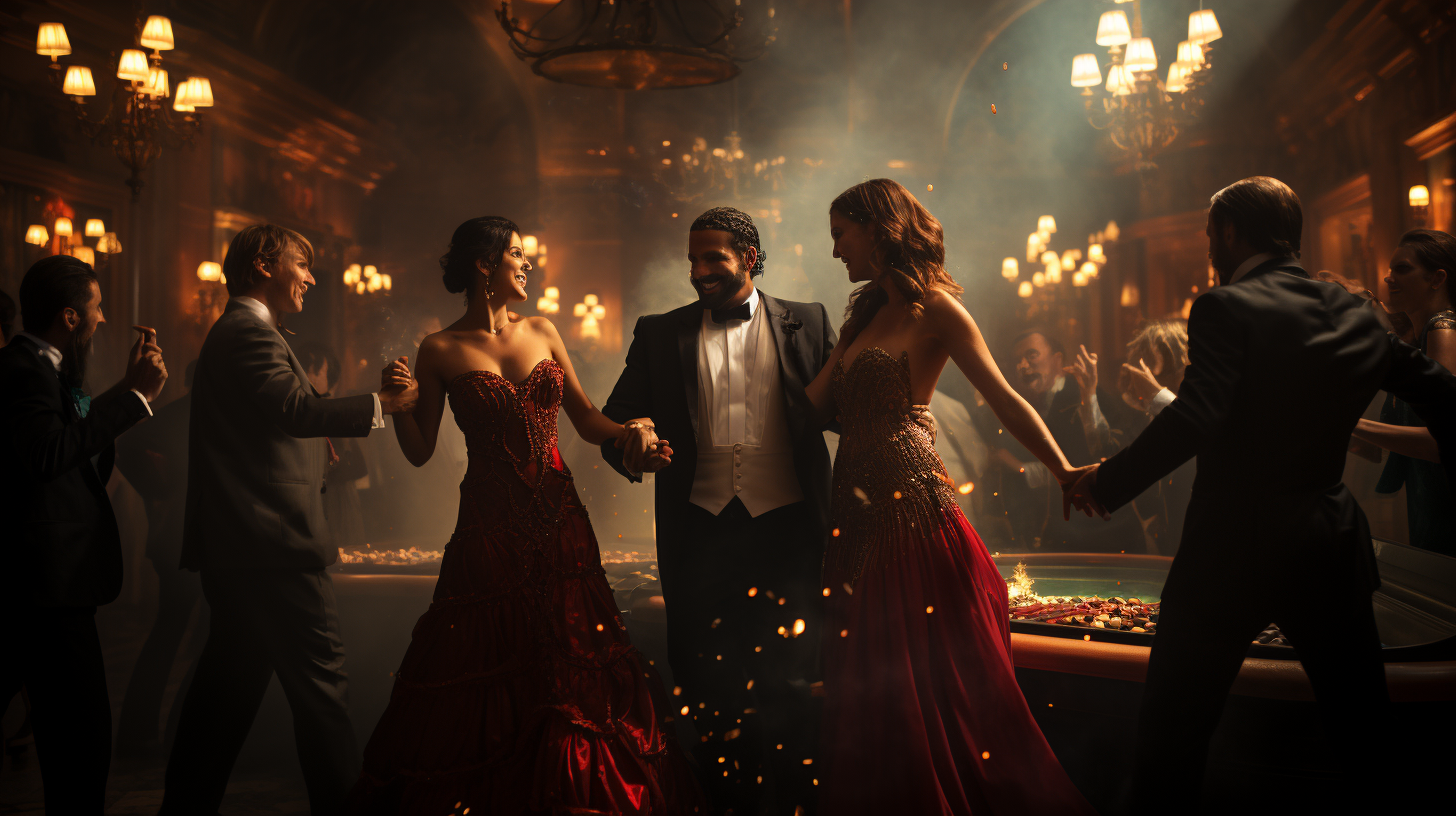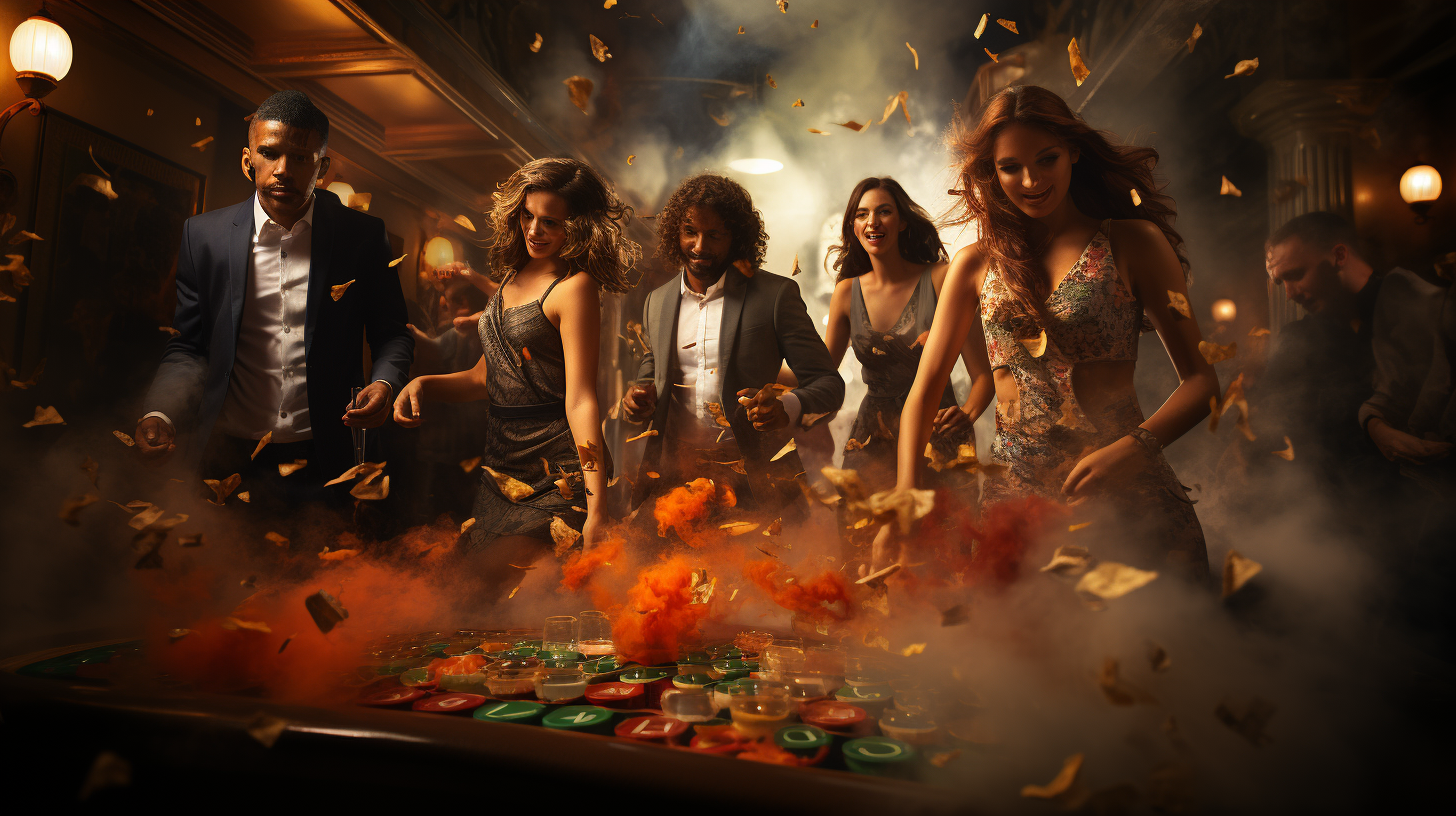
Dancing and casinos, at first glance, may seem like two disparate worlds. One is a realm of music, movement, and artistic expression, while the other is a domain of chance, strategy, and calculated risk. However, on closer examination, it becomes clear that these two spheres have more in common than one might initially think.
Shared Elements of Excitement and Risk
One of the most prominent similarities between dancing and casinos is the inherent excitement and risk involved in both activities. In dance, performers take a chance with every move; a single misstep could lead to a fall, but a perfectly executed sequence can result in thunderous applause. Similarly, in a casino, every game is a gamble. Players risk their money with the hope of hitting the jackpot, fully aware that they could also lose everything.
The Role of Skill and Strategy
Both dancing and gambling require a certain level of skill and strategy. In dance, a performer must master various steps, sequences, and styles. They must understand the rhythm, timing, and flow of the music. Similarly, successful gamblers often have a deep understanding of the games they play. They study the odds, know when to bet, and when to fold. In both cases, success is not purely about luck—it’s about understanding and navigating the game’s rules.

The Thrill of Competition
The competitive aspect is another common thread between dancing and casinos. Dance competitions showcase the dancers’ skills, where they compete for titles and accolades. Similarly, casinos host poker tournaments, blackjack competitions, and other events where players vie for a grand prize. In both instances, participants experience the thrill of competition, the tension of the game, and the satisfaction of victory.
Social Interaction and Entertainment
Finally, both dancing and casinos offer social interaction and entertainment. Dance brings people together, whether a couple moving in sync on the dance floor or a group performance creating a spectacle for an audience. Casinos also provide a social setting where gamblers can interact with each other, cheer on their friends at a poker table, or bond over a shared love of the games. Both offer an escape from everyday life, providing an atmosphere of excitement and entertainment.
In conclusion, when you delve deeper into dancing and casinos, you’ll discover they share many similarities. Beyond the surface level, both activities offer a captivating thrill fueled by risk and competition. As dancers showcase their skill and artistry on the dance floor, gamblers display their expertise and strategy at the blackjack table. Moreover, both dancing and casinos provide platforms for social interaction and entertainment, creating vibrant atmospheres that bring people together. These seemingly distinct activities are intricately connected, two sides of the same coin that offer unique experiences and moments of excitement. So, whether you find yourself swaying to the rhythm or trying your luck at a game of chance, remember the common threads that bind these worlds together and embrace the shared joy they bring.



